Capsuling machine
Ref: CA73Used capsuling machine Robino & Galandrino Minibloc year 2003 – 3000 bph
In storageDetails
kw: 3kw
hz: 50hz
Capsuling machine
Ref: CA73Used capsuling machine Robino & Galandrino Minibloc year 2003 – 3000 bph
In storageRelated machines
-
 Used capsuling machine Robino & Galandrino SuperBlock F6 6000 bph
Used capsuling machine Robino & Galandrino SuperBlock F6 6000 bph -
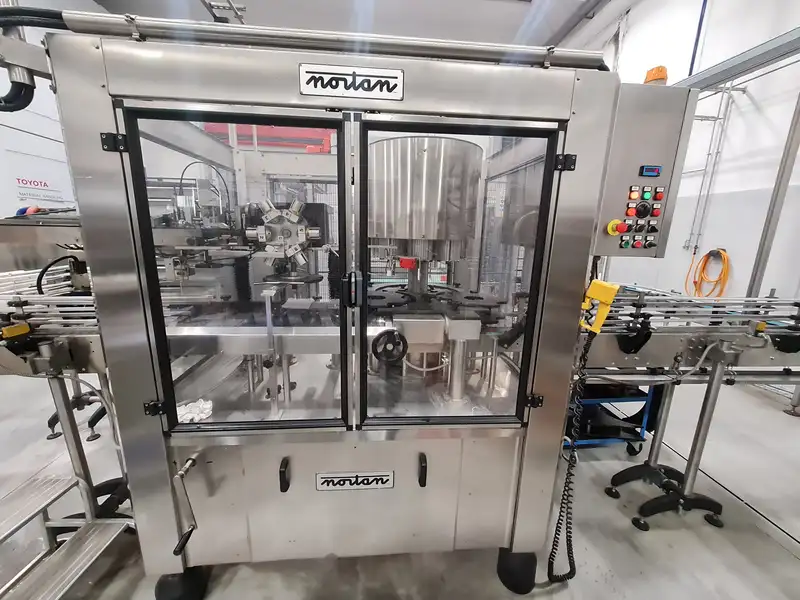 Used shrinkable capsuling Machine NORTAN Prisma 80T
Used shrinkable capsuling Machine NORTAN Prisma 80T -
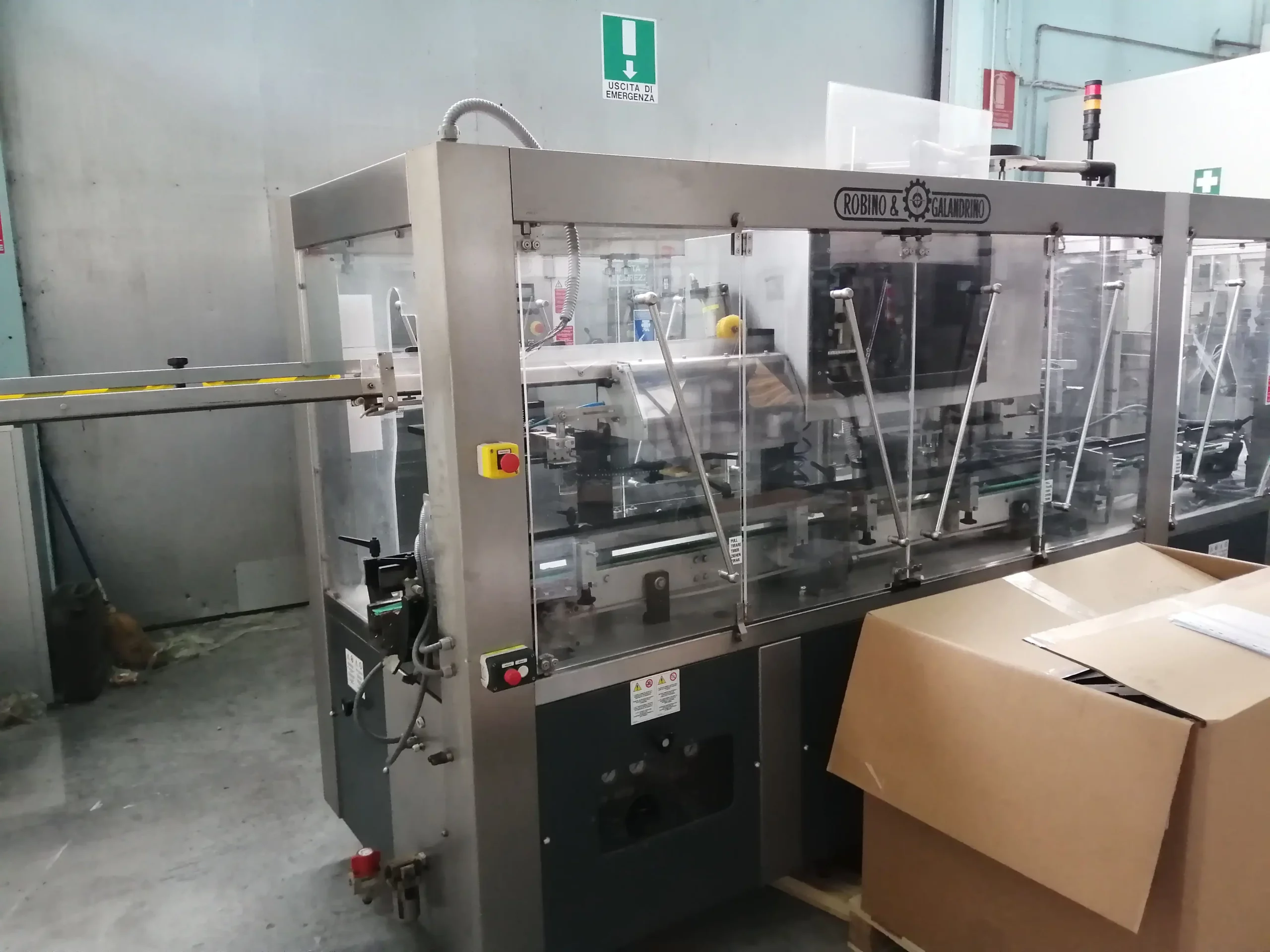 Used Shrinkable Capsuling Machine Robino & Galandrino Monostadio Z9T
Used Shrinkable Capsuling Machine Robino & Galandrino Monostadio Z9T -
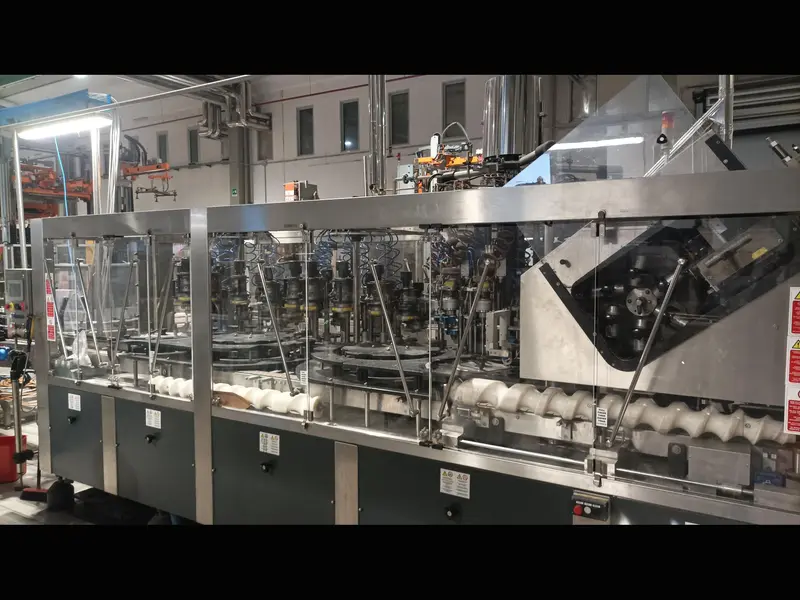 Used capsuling machine Robino & Galandrino – champagne 12000 bph
Used capsuling machine Robino & Galandrino – champagne 12000 bph -
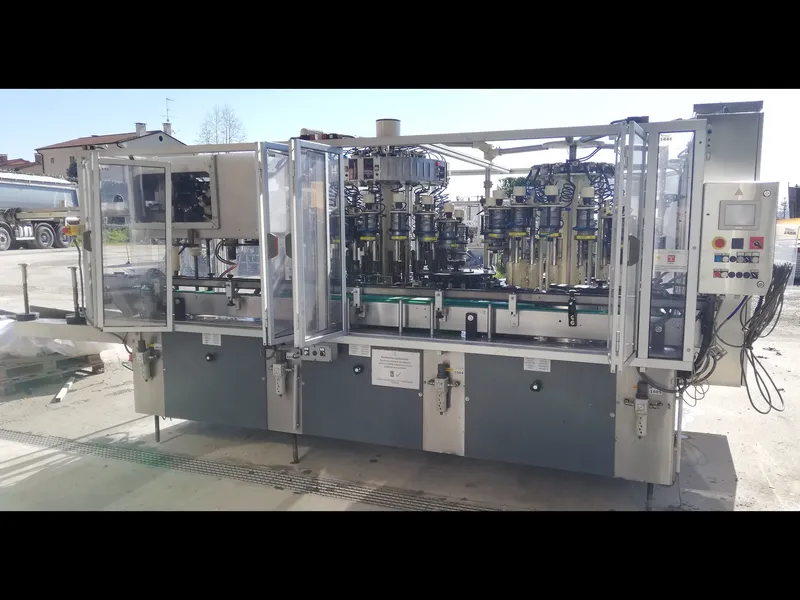 Used Capsuling Machine Robino & Galandrino 12000 bph
Used Capsuling Machine Robino & Galandrino 12000 bph -
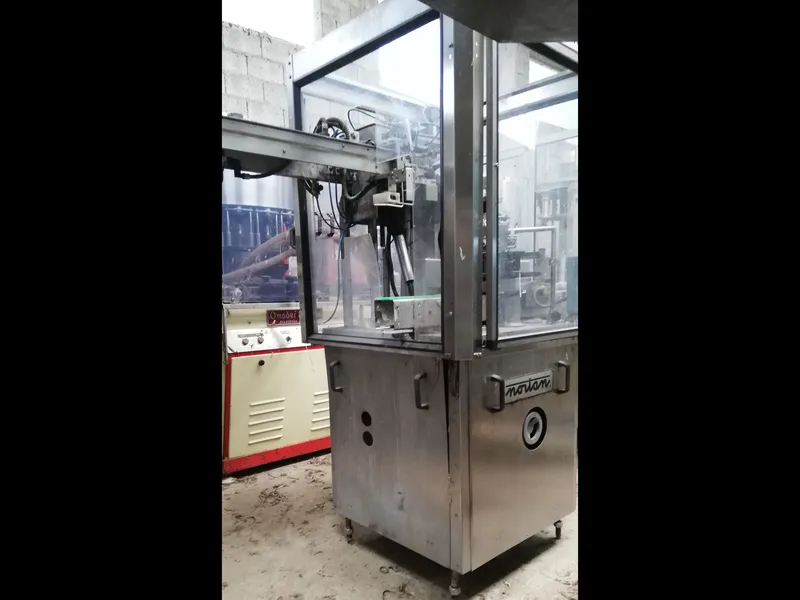 Used Capsuling Machine Nortan UNICAP 35 S+R up to 1000 bph
Used Capsuling Machine Nortan UNICAP 35 S+R up to 1000 bph -
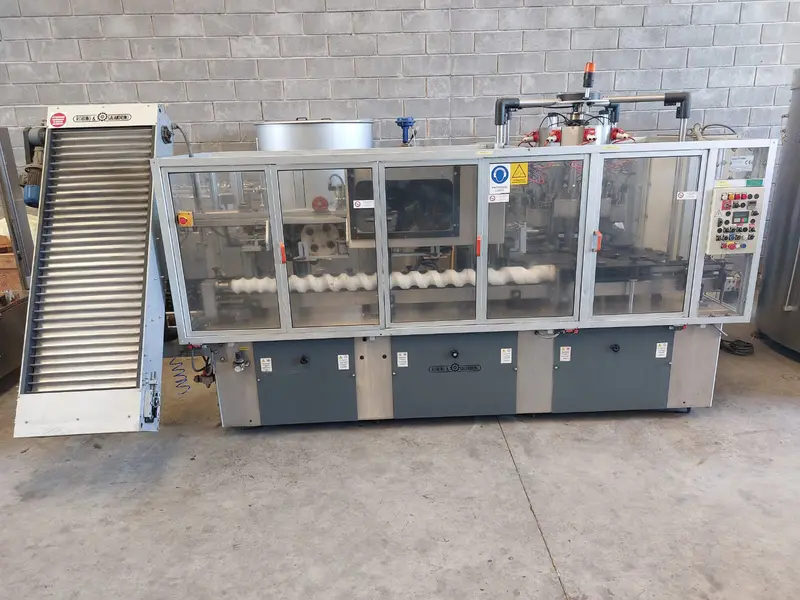 Used capsuling Machine ROBINO GALANDRINO up to 15000 bph
Used capsuling Machine ROBINO GALANDRINO up to 15000 bph -
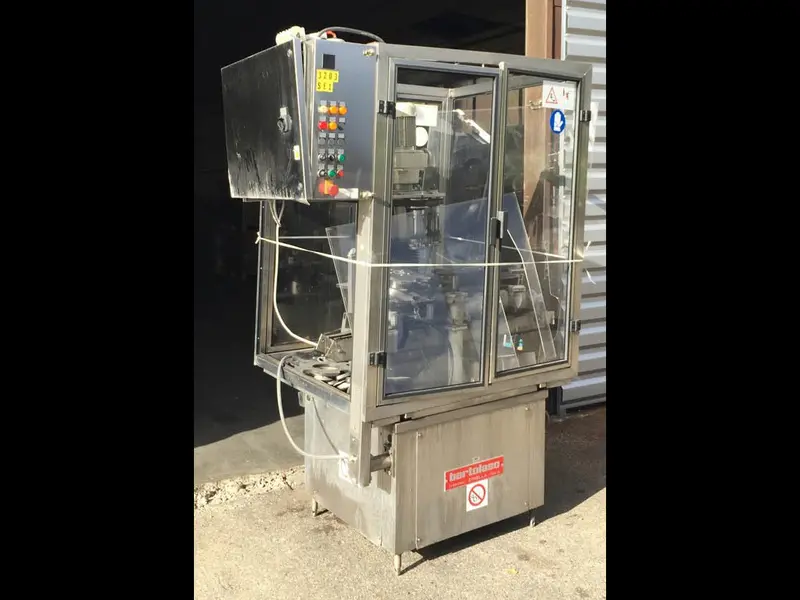 Used Overhauled Capsuling Machine Bertolaso ZETA 105 up to 5000 bph
Used Overhauled Capsuling Machine Bertolaso ZETA 105 up to 5000 bph -
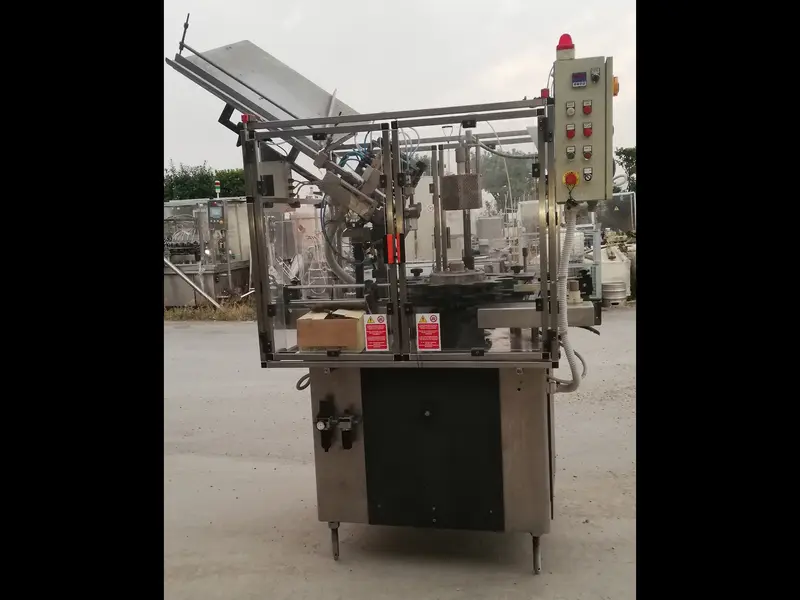 Used Capsuling Machine Robino e Galandrino up to 2800 bph
Used Capsuling Machine Robino e Galandrino up to 2800 bph -
 Used Capsuling Machine Robino and Galandrino up to 15000 bph
Used Capsuling Machine Robino and Galandrino up to 15000 bph
Description
Used capsuling machine Robino & Galandrino Minibloc year 2003 – 3000 bph
The used capsuling machine Robino & Galandrino Minibloc year 2003 – 3000 bph offers a compact and versatile solution for automatically applying capsules to bottles of still and sparkling wine. As a result, this machine suits diverse production environments. Robino & Galandrino designed this monoblock machine to meet different production needs while ensuring high operational efficiency and consistent product quality.
Structure and mechanical configuration
Robino & Galandrino configured this machine as a Minibloc automatic capsuling monoblock. Specifically, the design includes two operational heads, each performing specific stages of the capsuling process. The infeed screw aligns and guides the bottles precisely into the processing area. In this way, the machine ensures accurate bottle positioning throughout the cycle.
Performance based on capsule type
The used capsuling machine Robino & Galandrino Minibloc year 2003 – 3000 bph delivers specific output levels based on the capsule type.
For instance, it distributes and spins polylaminate capsules on still wine bottles at speeds of up to 1200 bottles per hour.
It heat-shrinks PVC capsules onto still wine bottles at up to 3000 bottles per hour.
It forms four folds and smooths sparkling wine caps (capsuloni) at speeds of up to 2000 bottles per hour.
Moreover, each process maintains excellent consistency and minimal deviation.
Therefore, it can satisfy various technical bottling standards across the wine sector.
Capsule feeding system
The machine uses a horizontal capsule magazine with a motorized belt that feeds capsules into the distributor. Notably, it holds around 1200 capsuloni or 1800 standard wine capsules, allowing operators to run longer production cycles without frequent reloads. Consequently, this reduces machine downtime and improves overall line efficiency. Additionally, the feeding system ensures steady capsule flow under different operating speeds. Thus, it contributes to the machine’s stability and reliability.
Distributor and synchronization mechanisms
The single-bell distributor performs a 90-degree angular movement to release the capsules. At the same time, a mechanical needle system separates the capsules before distribution to prevent jams and ensure a continuous process. Furthermore, the encoder actively manages the synchronization of all functions and adjusts them in real time. Thanks to this, the system can react dynamically to changes in bottle flow and capsule format. In contrast to older systems, this configuration minimizes manual calibration.
Format compatibility and flexibility
The machine processes bottles in three formats: 0.375 liters, 0.75 liters, and 1.5 liters. Accordingly, operators can use it across different bottling lines and product ranges. In fact, the used capsuling machine Robino & Galandrino Minibloc year 2003 – 3000 bph adapts well to the needs of small and medium-sized wineries that require flexible equipment.
Operational conclusions
Technicians appreciate the used capsuling machine Robino & Galandrino Minibloc year 2003 – 3000 bph for its solid mechanics and well-optimized capsuling system. In particular, the dual-head structure and encoder-based adjustments enable precise operation and quick format changes. Moreover, its ability to handle multiple capsule types adds further value. Unlike simpler machines, this one combines precision and adaptability.













